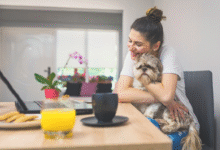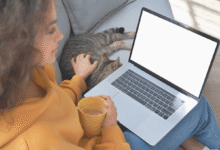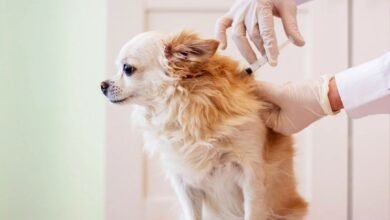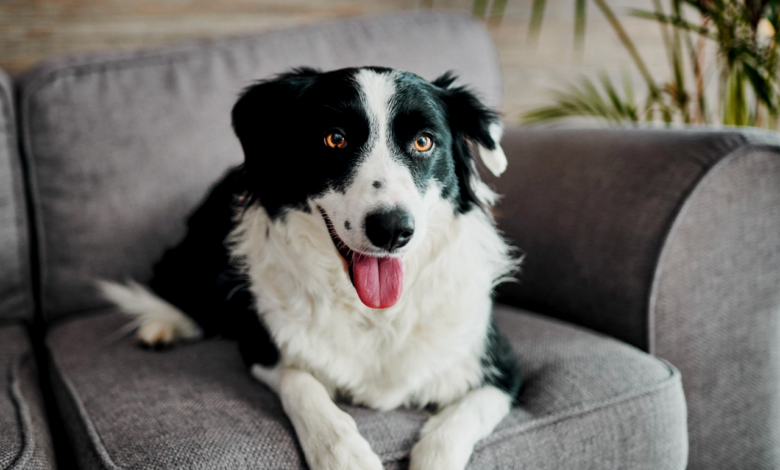
Pet-Proofing Your Home: Preventing Accidents
Pets bring immense joy and companionship to our lives, but along with that comes the responsibility of ensuring their safety within our homes. Just like childproofing, pet-proofing is essential to prevent accidents and keep our furry friends out of harm’s way. In this guide, we’ll explore effective strategies to pet-proof your home and minimize potential hazards.
Read More: Preventing Common Pet Injuries: Safety First
Introduction to Pet-Proofing

Pet-proofing is the process of making your home safe and secure for your furry companions. Just like childproofing, it involves identifying potential hazards and taking measures to prevent accidents. Pets, whether dogs, cats, or other animals, are naturally curious and can get into trouble if left unsupervised in an environment filled with dangers. By understanding common pet behaviors and implementing preventive strategies, you can create a safe haven for your pets to thrive.
Understanding Pet Behavior
Before embarking on pet-proofing your home, it’s essential to grasp common pet behaviors that can lead to accidents.
Common Pet Accidents
Chewing
Pets, especially puppies and kittens, explore the world around them with their mouths. Chewing is a natural behavior that can become problematic when pets target furniture, electrical cords, or other potentially dangerous objects.
Knocking Over Items
Curious pets may inadvertently knock over household items, leading to injuries or creating hazards in their environment. Items like vases, lamps, or even heavy objects can pose risks if they fall on pets or cause them to trip.
Ingesting Harmful Substances
Pets are known for their curiosity, and they may accidentally ingest toxic substances such as household cleaners, plants, or human medications. This can lead to serious health issues and even poisoning if not addressed promptly.
Creating a Safe Environment
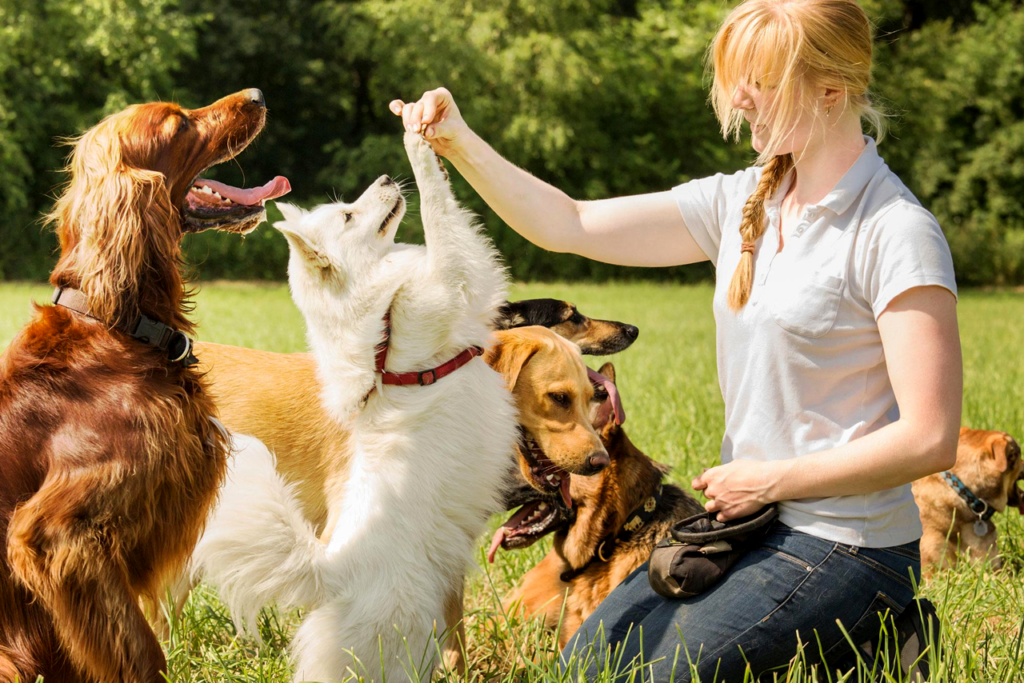
Now that we understand potential risks, let’s discuss how to create a safe environment for our pets.
Securing Hazardous Items
Toxic Plants
Identify and remove any plants that are toxic to pets, such as lilies, aloe vera, and philodendrons, from your home and garden. Even seemingly harmless plants can be toxic when ingested by pets.
Human Medications
Keep all medications securely stored in cabinets or drawers that are inaccessible to pets. Never leave pills or tablets within reach, as pets may mistake them for treats.
Household Chemicals
Store household cleaners, detergents, and other chemicals in locked cabinets or high shelves to prevent accidental ingestion. Be mindful of products like antifreeze, which can be lethal to pets even in small amounts.
Managing Electrical Wires and Cords
Cover or hide electrical cords to prevent pets from chewing on them. Pets may be attracted to the texture of cords or view them as toys, posing a risk of electric shock or injury if chewed through.
Managing Small Objects
Keep small objects like coins, buttons, and hair ties out of reach, as they pose choking hazards to pets. Be diligent in keeping floors and surfaces clear of small items that pets may ingest.
Creating Designated Pet Areas
Designate specific areas in your home where pets can play and relax safely. Use baby gates or pet barriers to restrict access to certain rooms or areas, especially if you have hazards like stairs or fragile items.
Providing Proper Supervision
Supervise your pets, especially when introducing them to new environments or leaving them unsupervised in the house. This is particularly important for young pets who are still learning boundaries and behaviors.
Choosing Safe Toys and Treats
Opt for pet-safe toys and treats that are free of small parts or choking hazards. Avoid toys with strings or small detachable pieces that could be swallowed or cause injury.
Training and Behavioral Management

Invest time in training your pets to follow basic commands and behaviors. Positive reinforcement techniques can help prevent undesirable behaviors like chewing or jumping on furniture.
Maintaining a Clean Environment
Regularly clean and declutter your home to remove potential hazards and keep it safe for your pets to roam. Vacuuming regularly helps remove loose objects and debris that pets may ingest or trip over.
Regular Veterinary Check-ups
Schedule regular veterinary check-ups with your veterinarian to ensure your pets are healthy and up-to-date on vaccinations. Your vet can also provide advice on pet-proofing your home and address any health concerns or behavioral issues.
Emergency Preparedness
Prepare an emergency kit for your pets containing essentials such as food, water, medications, and first aid supplies in case of evacuation or emergencies. Familiarize yourself with emergency protocols and evacuation routes in your area to ensure the safety of your pets in case of disaster.
Travel Safety for Pets

When traveling with pets, secure them safely in carriers or harnesses to prevent accidents and injuries during transit. Ensure they have access to food, water, and bathroom breaks during long journeys, and never leave them unattended in a vehicle.
Read More: Balancing Ambitions: Business and Pet Care Success
FAQs
- How do I stop my pet from chewing on furniture? To prevent chewing behavior, provide appropriate chew toys, and use deterrent sprays on furniture. Consistent training and supervision are also essential.
- Are there any pet-friendly alternatives to household cleaners? Yes, several pet-safe cleaning products are available in the market. Alternatively, you can use natural solutions like vinegar and baking soda for cleaning.
- What should I do if my pet ingests something toxic? If you suspect your pet has ingested a toxic substance, contact your veterinarian or the Animal Poison Control Center immediately for guidance.
- How often should I update my pet’s emergency kit? Regularly check and update your pet’s emergency kit every six months to ensure that supplies are current and not expired.
- Is it necessary to pet-proof every room in the house? While focusing on high-traffic areas and areas where your pet spends most of its time is essential, ideally, it’s best to pet-proof every room to minimize potential risks.
The Final Words
By understanding your pet’s behavior and implementing preventive measures, you can effectively pet-proof your home and create a safe environment for your furry companions. Remember, vigilance and proactive measures are key to preventing accidents and ensuring the well-being of your pets.
